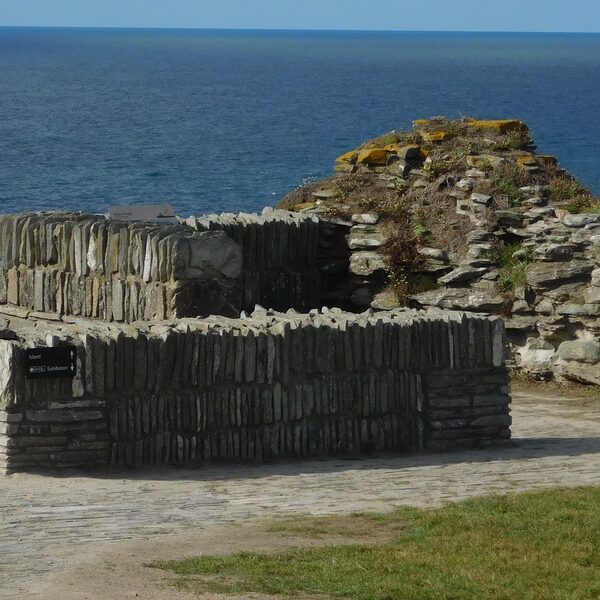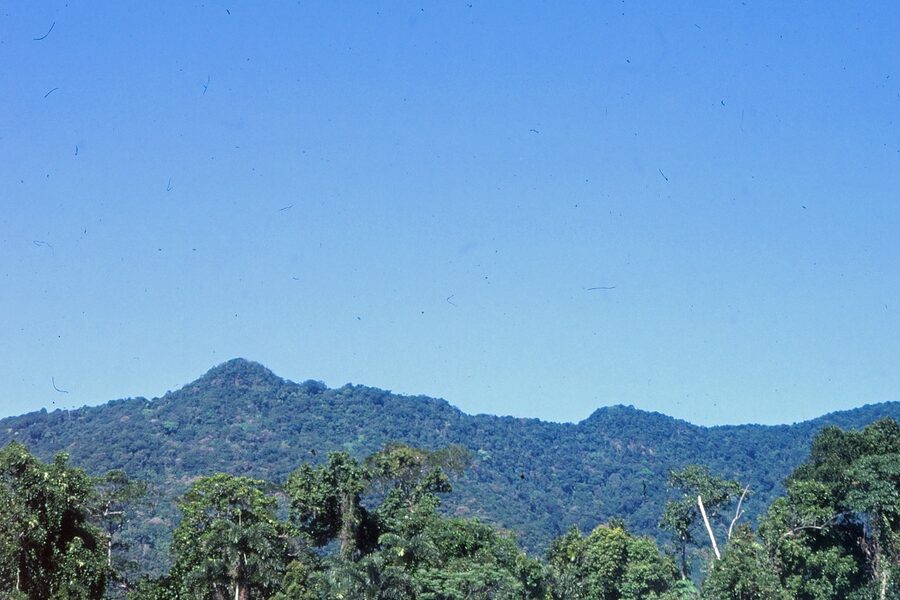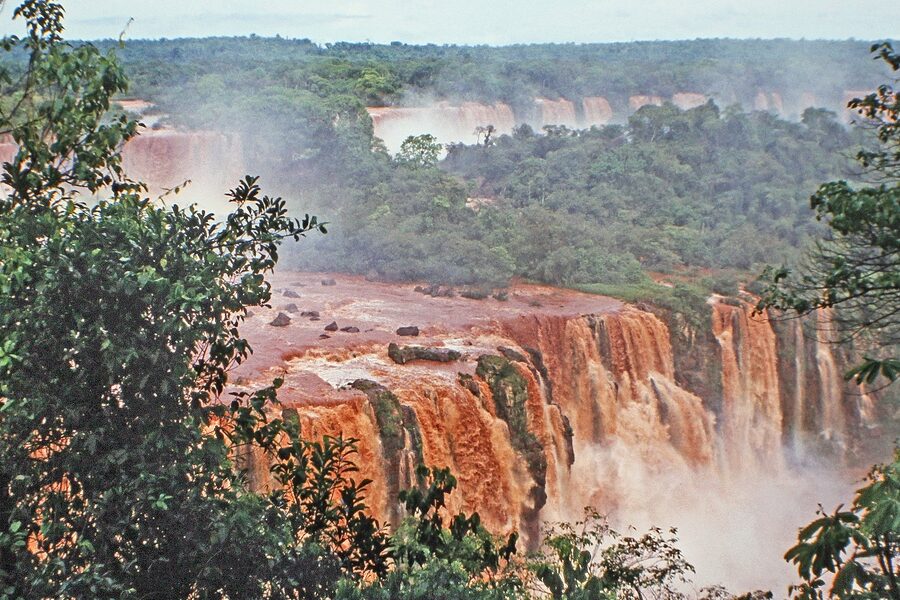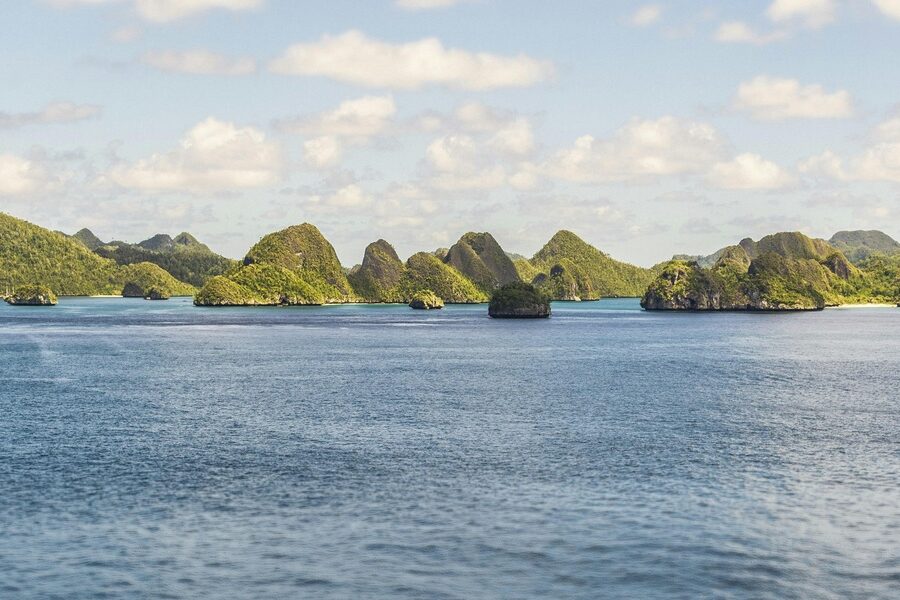Capital cities represent the political and symbolic centers where national governments concentrate executive, legislative and judicial functions. They can be sprawling metropolises that drive a country’s economy or compact towns chosen for historical, geographic or strategic reasons. Many carry layers of history—from ancient seats of empire to modern planned cities—while also hosting embassies, national institutions and major cultural sites. Studying capital cities reveals how geography, politics and urban planning shape national identity and everyday life.
Context
Throughout history, capital locations have been influenced by defense, trade routes, religious importance and administrative convenience. Ancient capitals like Rome or Constantinople became enduring centers because of strategic positions and accumulated institutions. In the modern era, some states moved or created capitals to balance regional influence or to plan new administrative centers; examples from the 20th century include purpose-built capitals that were conceived to promote development and national unity. Today, capitals serve practical roles—housing government ministries, foreign embassies and courts—and symbolic roles as venues for national ceremonies and public memory. Capitals also display wide variations in size and function: some are the country’s largest economic hubs, while others are smaller towns whose primary role is governance. Internationally recognized membership counts provide a framework for comparing capitals, with 193 United Nations member states and a small number of additional widely recognized entities each maintaining capital seats.
Scope and coverage
This collection of Capital Cities by Continent encompasses capital seats from every inhabited continent and highlights different types of capitals: national seats of government, federal or state capitals, historical and former capitals, and planned administrative centers. The lineup includes examples that vary by size, geography and function—coastal and inland capitals, highland and riverine locations, ceremonial capitals and those with multiple official seats. Coverage focuses on observable patterns and categories rather than exhaustive individual profiles, helping readers compare how capitals develop, why they move, and how they reflect broader social and political choices.
Little-known facts about capital cities:
- There are 193 United Nations member states; including two observer states brings the commonly cited total of sovereign entities with capitals to about 195.
- Some countries keep more than one official capital—South Africa officially functions with three: Pretoria (administrative), Cape Town (legislative) and Bloemfontein (judicial).
- Several national capitals were deliberately planned and built in the 20th century to serve as government centers; Brasília was inaugurated in 1960 and Canberra was developed in the early 1900s.
- Not all capitals are the largest city in their country—Ottawa, Brasília and Washington, D.C. are well-known examples of capitals that are not their nation’s biggest urban area.
- Capital cities span extreme environments; La Paz sits at roughly 3,650 meters above sea level, making it one of the highest administrative capitals in the world.
- Some capitals are among the world’s oldest continuously inhabited cities—Damascus and Athens have archaeological records that extend back several millennia.






